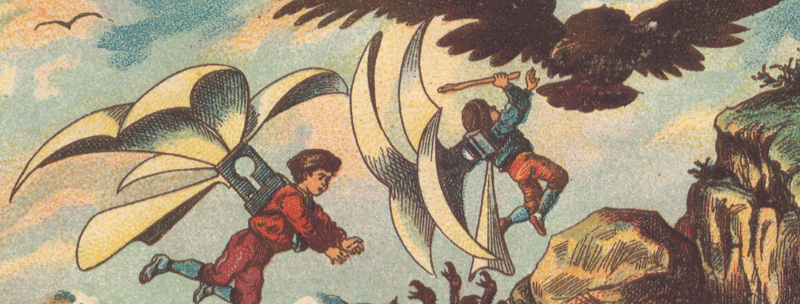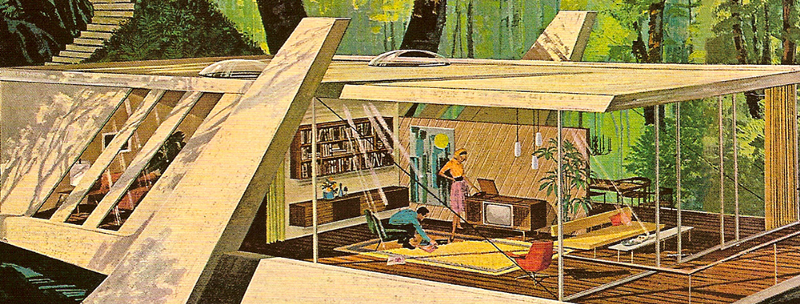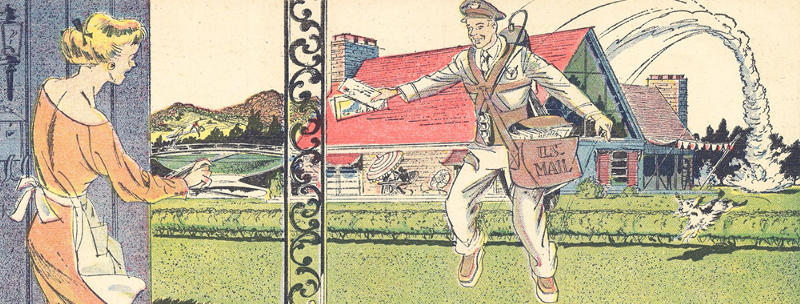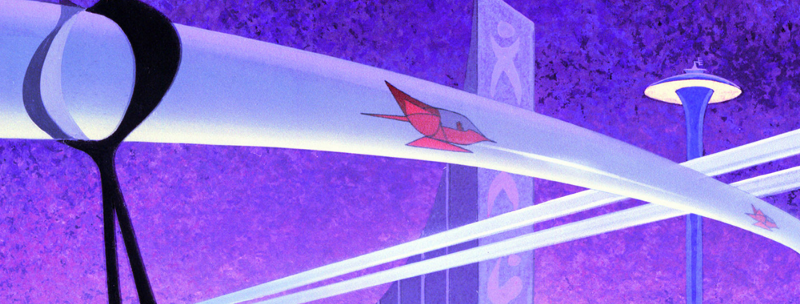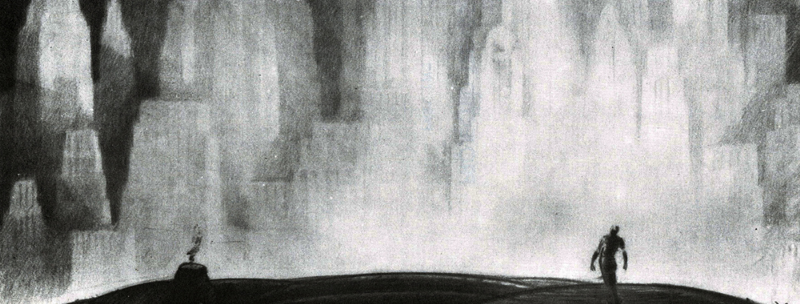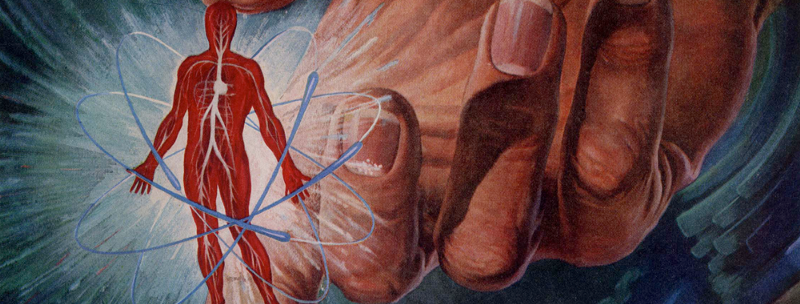
Skies full of personal flying vehicles, robotic servants, and mail carriers with jetpacks. Decades ago, artists’ imaginings formed high expectations about the world to come. Were these just fantasies–or was it the work of pioneers whose visions of the future actually helped to shape it?
“A Visual History of the Future” will explore how imagery in advertising, magazines, and other media has been used to inspire, sell, and build our ideas of the future. We’ll look at everything from the home to infrastructure to the cities we live in–at ideas that ranged from the insightful to the absurd. And we’ll be looking at the times in which these images were created: what was happening in the world that formed “the future” of that time?
When we celebrate progress, we often talk about scientists, engineers, and designers who developed theories or built tangible things. Artists are often overlooked, and their contributions–the production, visualization and distribution of ideas–are less tangible. This series will shine a light on these creators and how they reached the audiences of the day.

Episode 1: The Beginning of the Future
In the 19th century, rapid technological change was the catalyst for artists to start visualizing the future

Episode 2: How Ad Men Invented the Future
Post-war artists sold us a vision of a luxurious, automated suburban lifestyle

Episode 3: Fact, Fiction, and the Future
In the 20th century, publishers blended education and entertainment to satisfy a science-curious public.

Episode 4: Animating the Future
Walt Disney had a vision for tomorrow–and the means to sell it

Episode 5: Architects of the Future
Could fantastical plans for the cities of tomorrow solve the real problems of urban life?

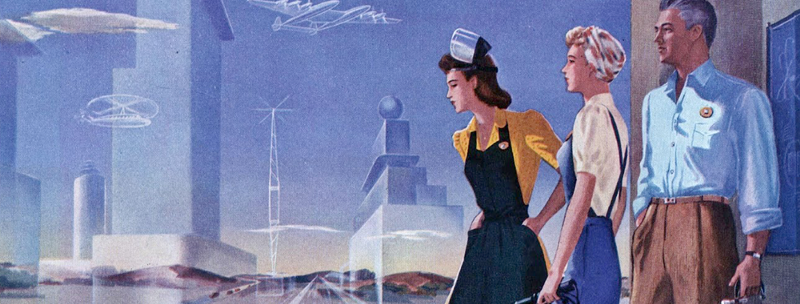
Conclusion: The Future We Were Promised
Many 20th-century artists who visualized the future are largely unknown today–but their ideas have lasting impact.

Bonus: Future Fragments
Our favorite images that didn’t make it into the main series.

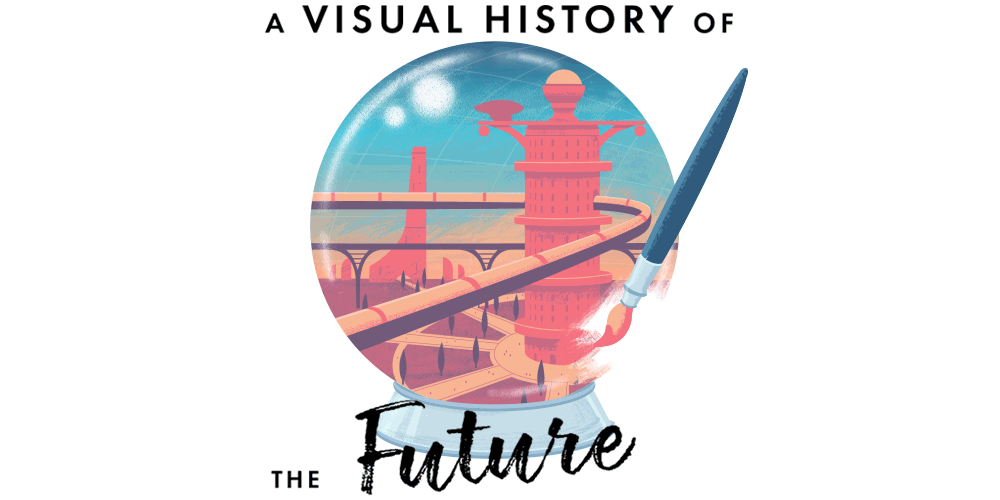
How We Get To Next was a magazine that explored the future of science, technology, and culture from 2014 to 2019.

